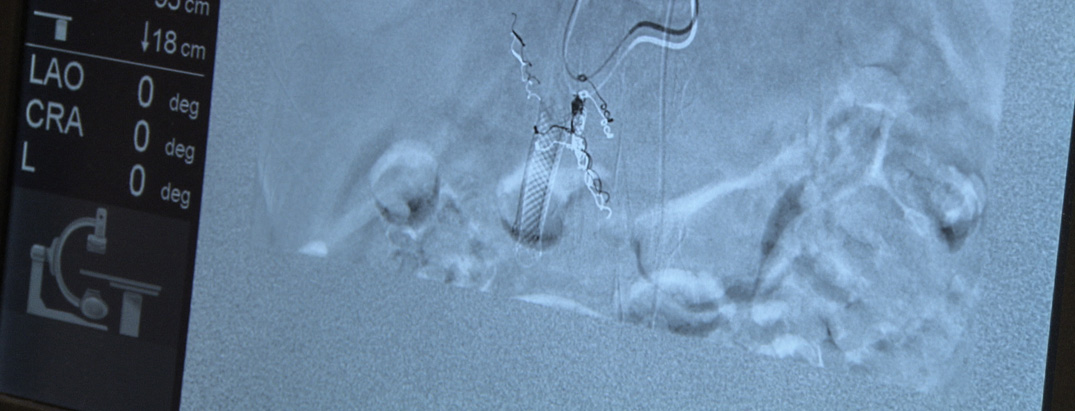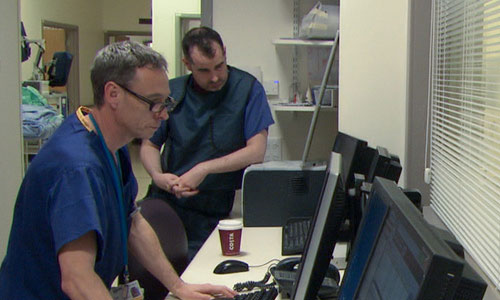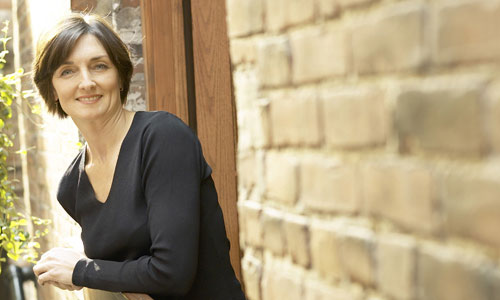
SIR-Spheres microspheres are transported directly to liver tumours, this allows a larger dose of radiation to be delivered locally than is possible with conventional radiotherapy.
SIRT microspheres contain the radioactive element, yttrium-90, which delivers a form of radioactivity called beta radiation over a relatively short distance: an average of 2.4 mm in human tissue. This is how the radiation can be more localised than other treatments. Beta radiation consists of electrons, rather than traditional X-rays. All radioactive sources decay in a predictable time (half life) as they deliver the radiation. Yttrium-90 has a half-life of approximately two and-a-half days (64 hours), therefore most of the radiation (over 97%) is delivered to the tumour in the first two weeks following treatment, although the microspheres remain in place permanently.
There are simple precautions required by law when radioactivity is handled. These aim to reduce exposure of people who are not undergoing treatment, including staff, friends and family.
Since advice may vary slightly between hospitals, your local team will advise you on specific timeframes. The following is general guidance, which may differ slightly from the exact advice offered by your treating centre:
Your doctors, typically the nuclear medicine team, will prescribe how much radioactivity is required to treat your tumour safely. This is often calculated by measuring how large the tumours and how large the liver is, taking into account the height and weight of the patient. This is usually done by studying any CT or MRI scans taken and also studying the MAA scan taken after the first intervention. All this is done to ensure the optimal treatment is delivered as effectively and safely as possible.

There is a restricted access forum for all clinicians involved in the SIRT procedure to help share best practice and experiences. If you have or you would like to share your experiences or you want to find out more about the procedure and the latest clinical developments, please join our community.
Click here to join or sign-in

There is a designated site for SIRT patients, their families and carers called My SIRT Story.
Click here to find out more
